@Franklin_Cain The problem with a 6+5 rule is that the Axis are almost always at or near 11 cities after 6 rounds. Germany with a simple crush Russia assault should have Novgorod (Leningrad), France, Germany, Poland + Italy has Rome = 5 with Volgograd as the relatively easy 6th VC. Japan has Japan, Kiangsu, Kwangtung, Philippines, and with some effort India = 5.
If the Axis don’t have to get those extra cities (8 Europe or 6 Pacific), then they don’t have to extend themselves to get the “last” VC. India is a stretch for Japan, but not terrible if that is all they need. They can afford to lose a few aircraft if they never have to go get Australia or Hawaii. Similarly, the Germans can easily take Volgograd and leave Moscow alone. The Russians don’t have the flexibility to defend both against the Germans so one of them will fall.
Bumping up the number to 7+5 is still putting a lot of pressure on the Allies. The Germans should be able to takedown Moscow by maintaining a good focus in the East. The Allies might be able to defend Egypt and have a sizeable force in the Middle East, but they may not (probably won’t) initially be in a position to takeback Volgograd immediately after the fall of Moscow. So again the Axis “win” without really having to exert themselves. The magic number of 8 was developed after lots of game testing and is a surprisingly good rule.
That all said, changing the VC count is another way (besides the bid) to level the playing field between players of dissimilar abilities. If you wanted to let the newer player take the Axis and lower the VC count, then you could have a competitive game.
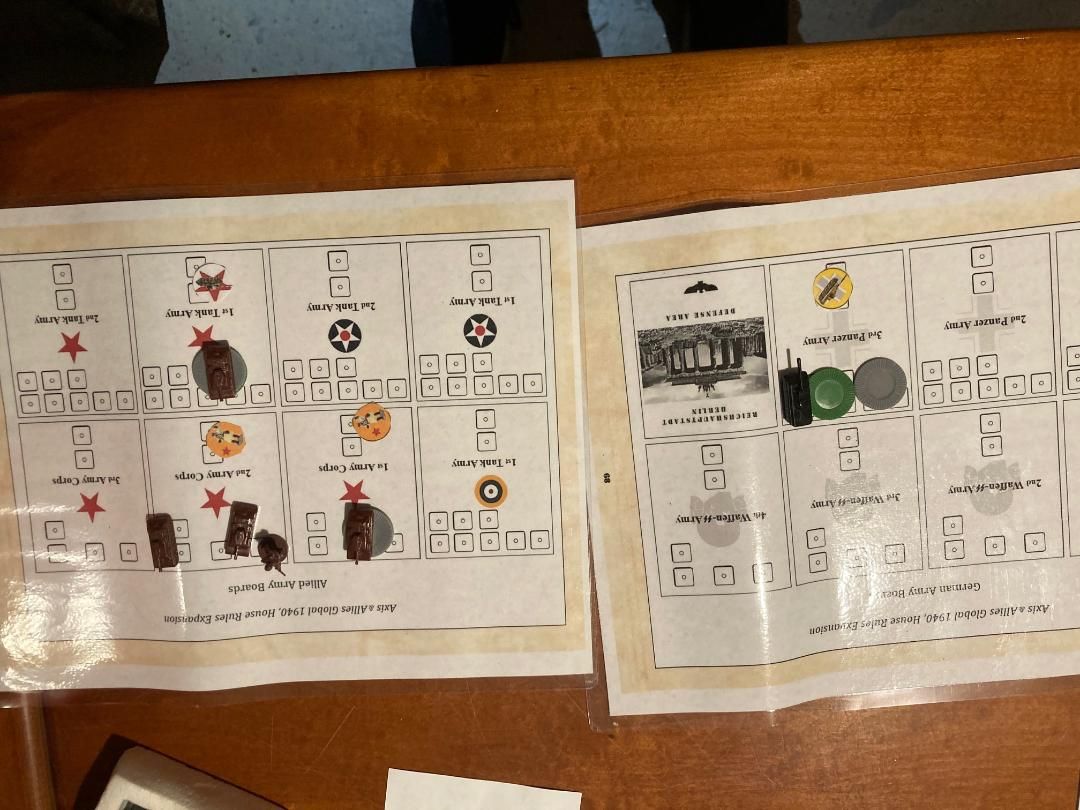
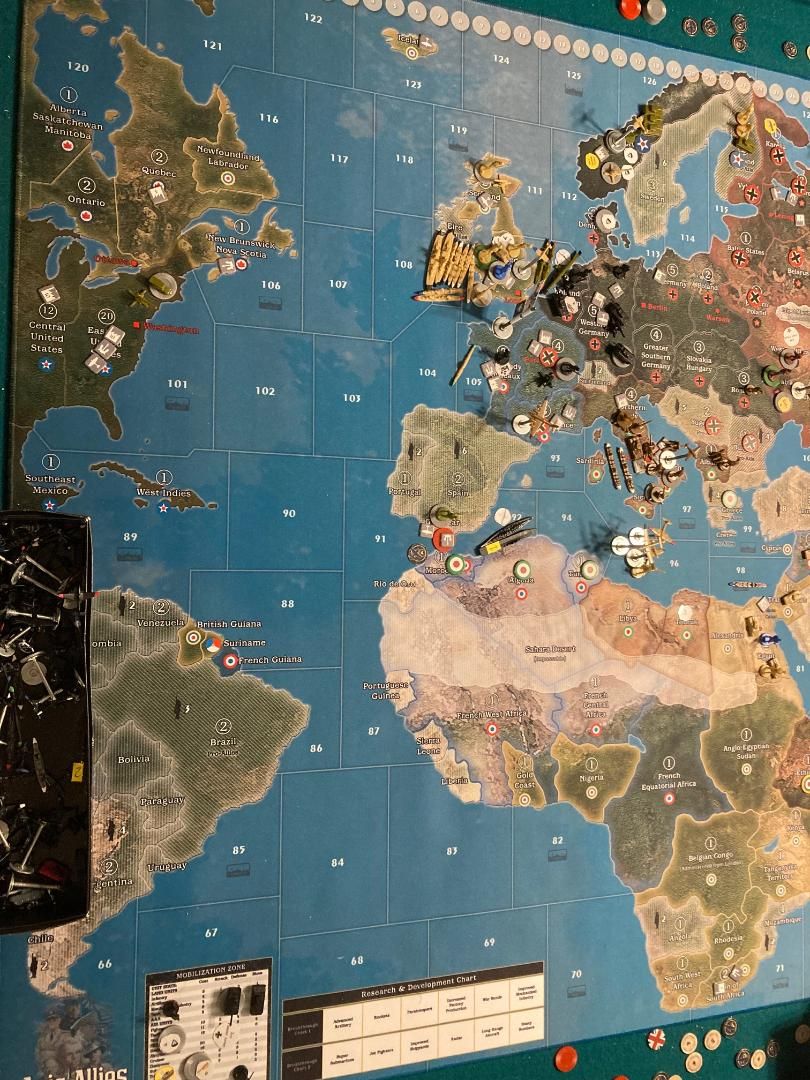

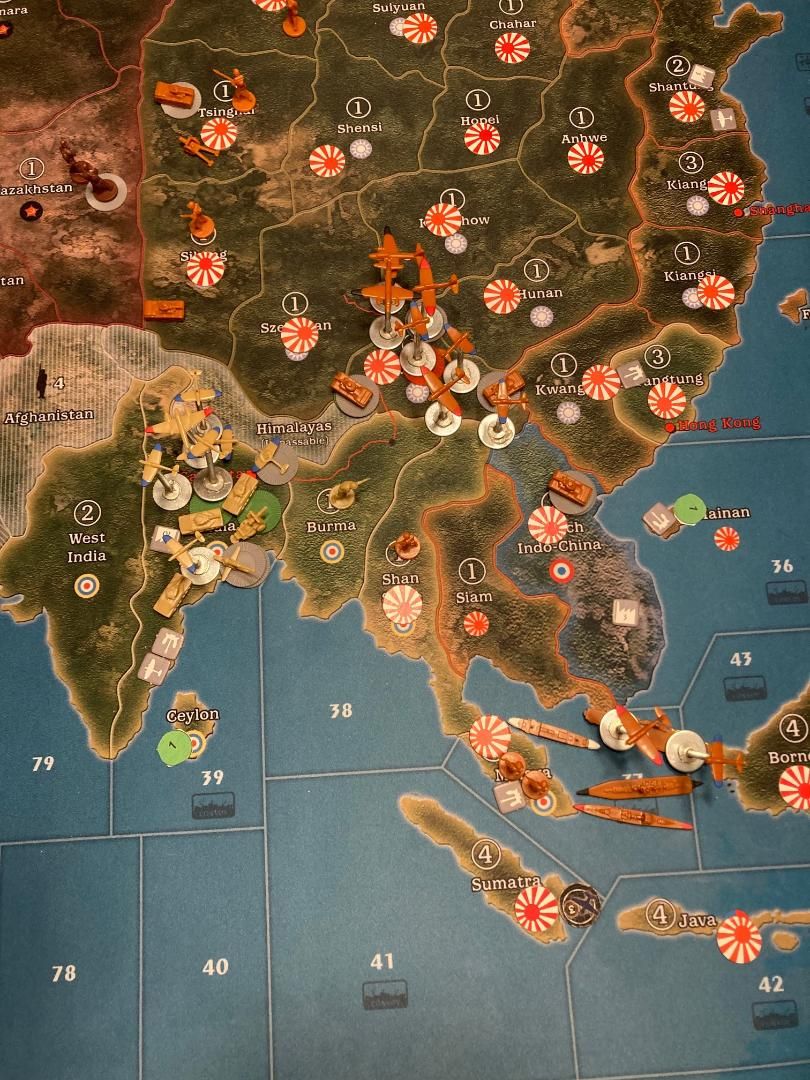




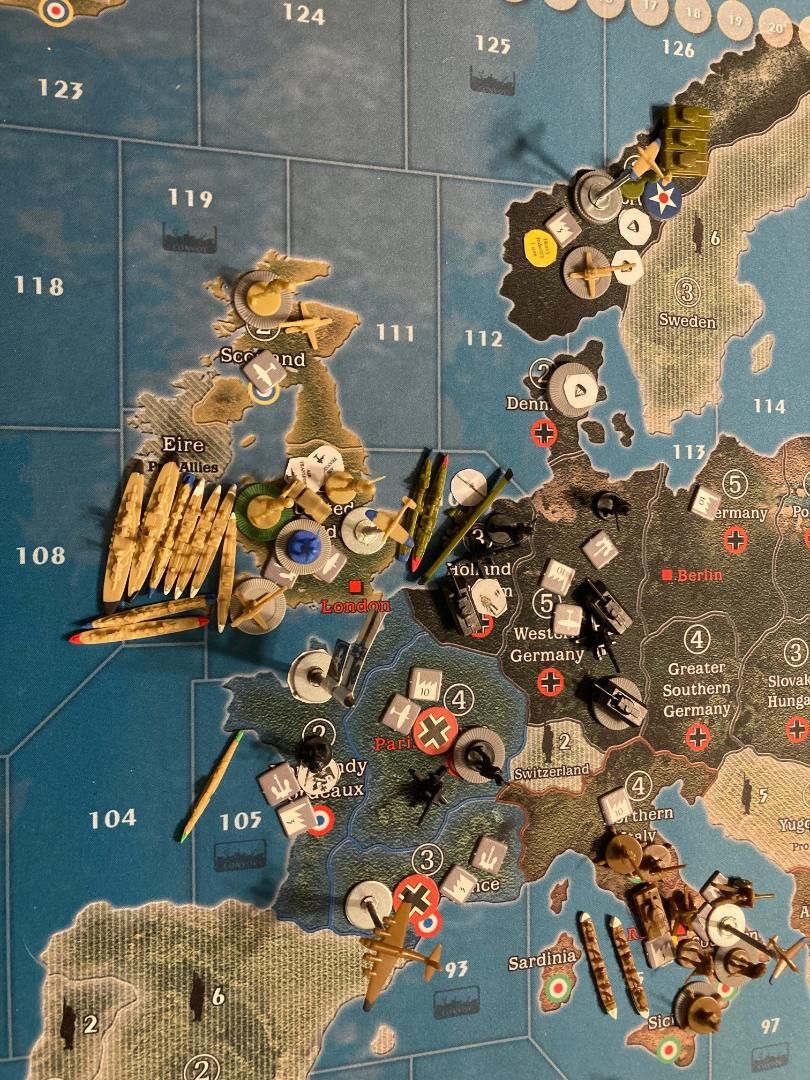



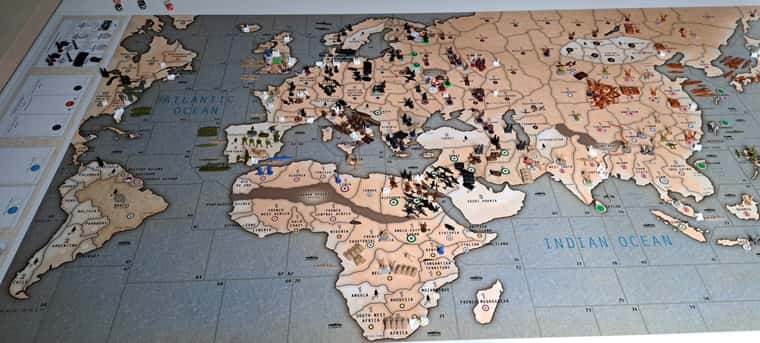

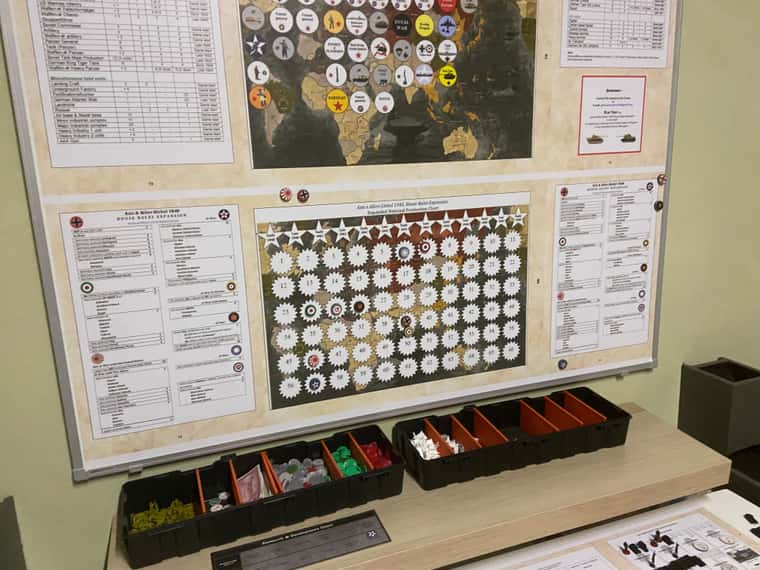

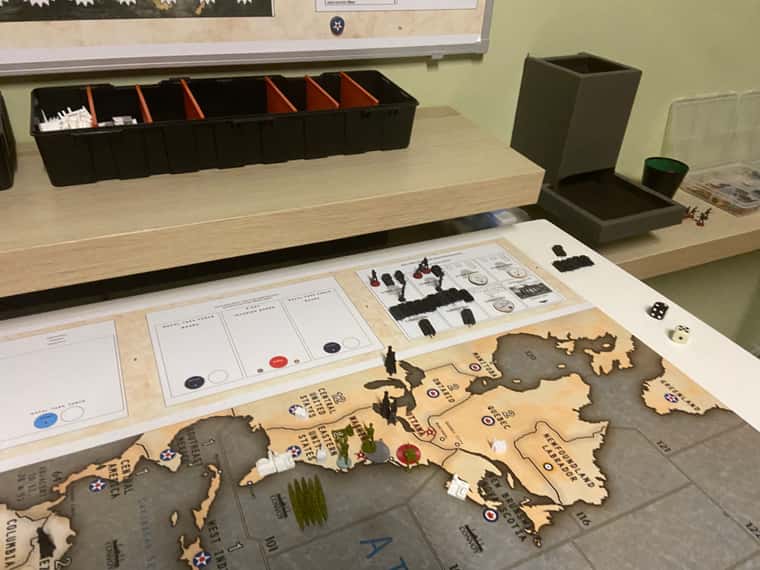
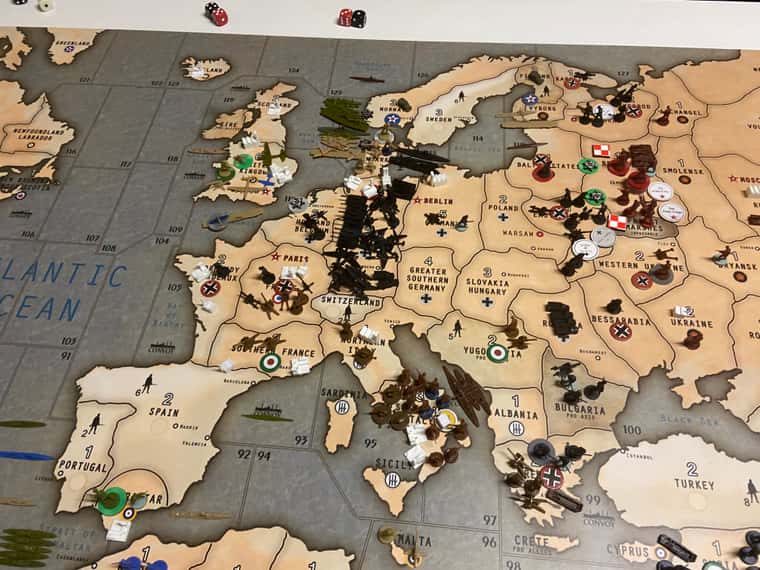

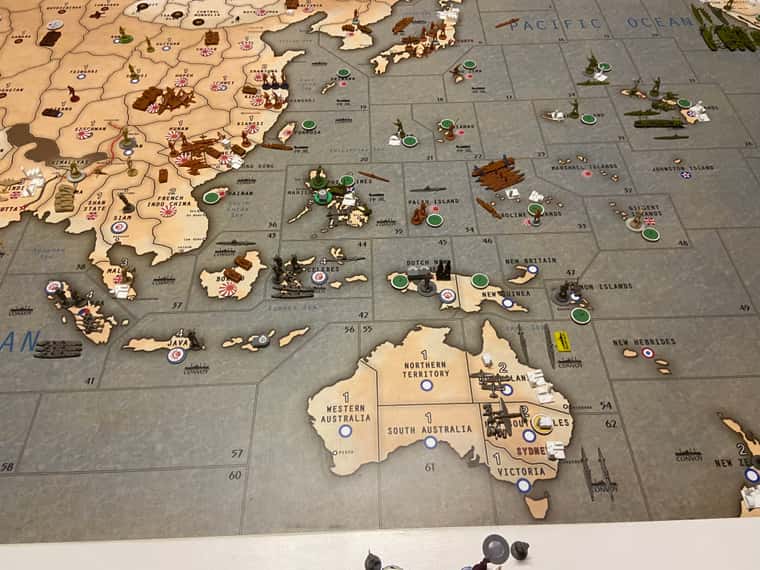
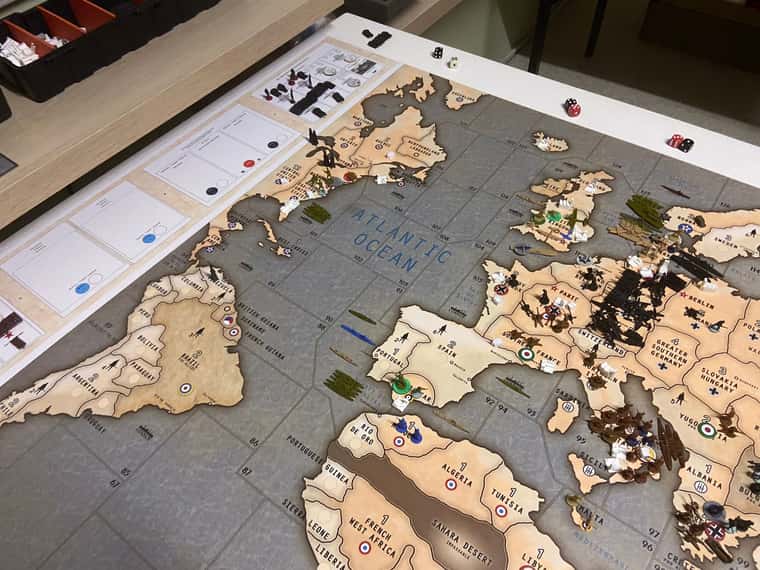

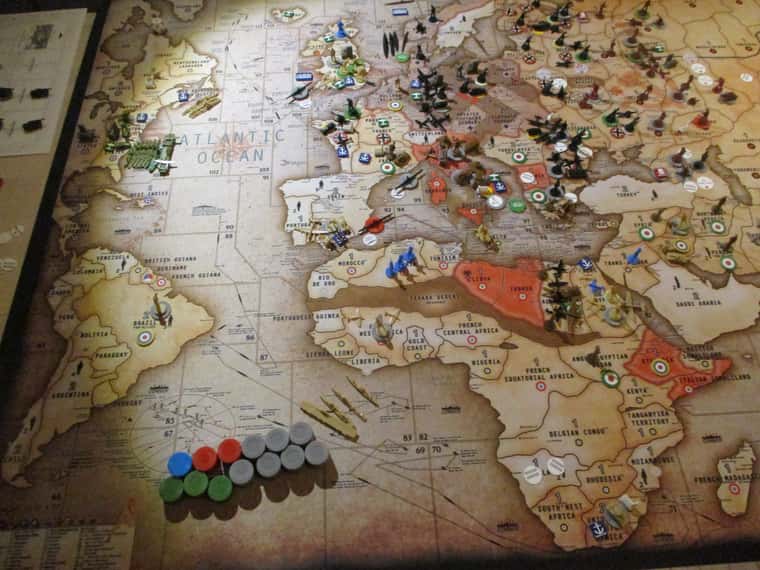
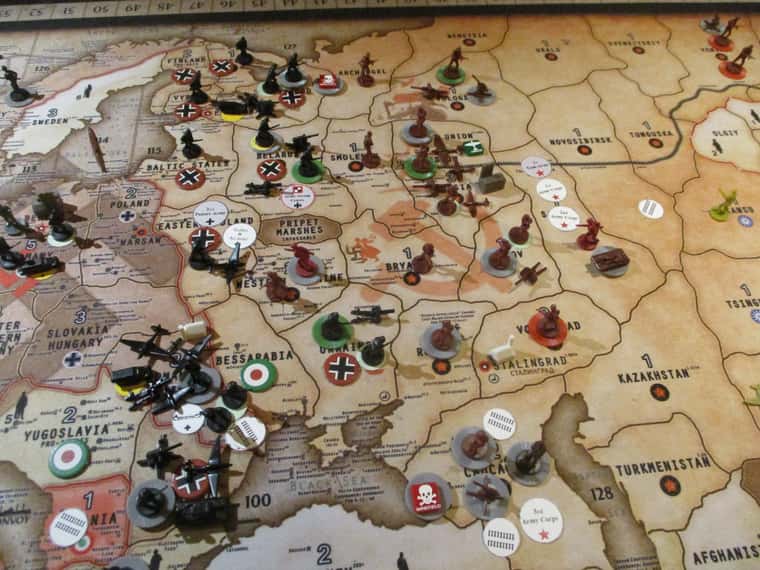
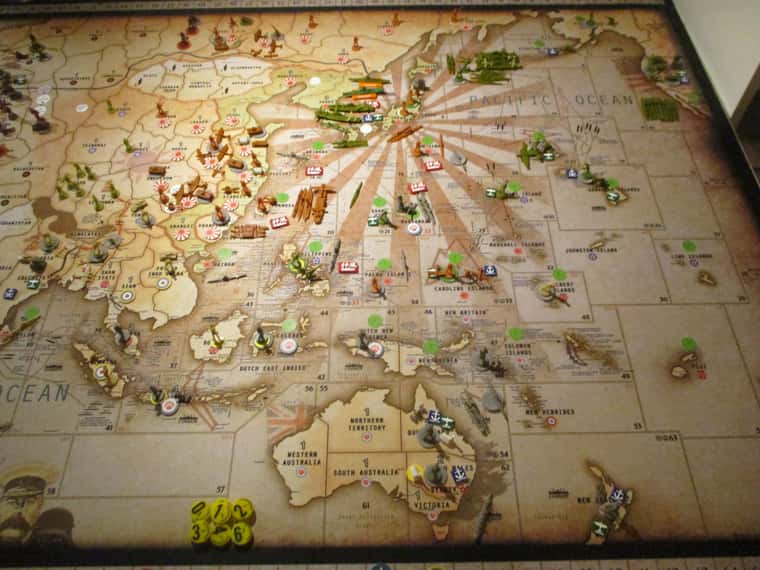 !
!





